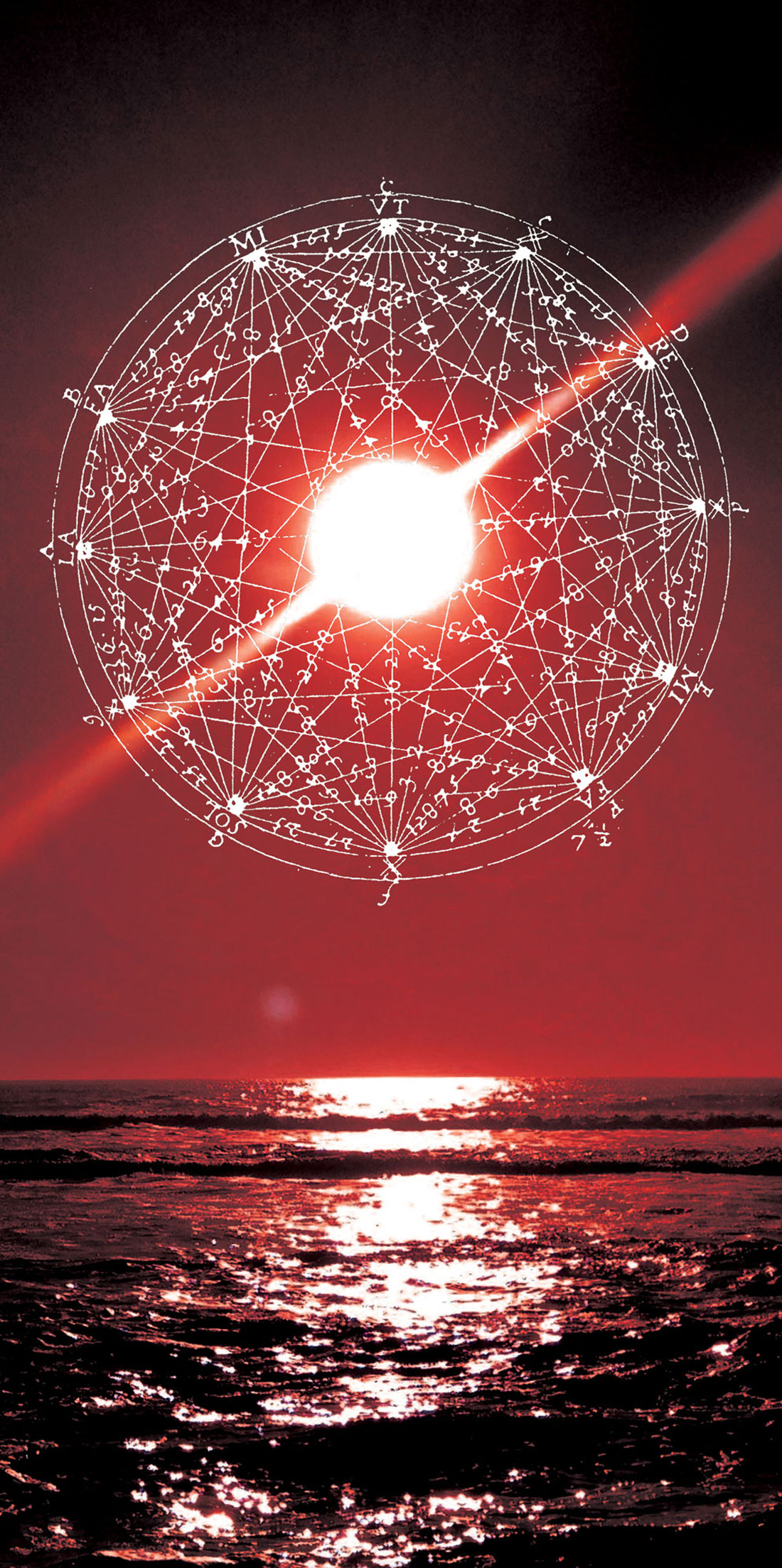If you are short on time and just want the thumbs up/down on the B32 Vancouver 32×2 mix bus, it gets an enthusiastic thumbs up. All the adjectives that you might find in an adult-film review are applicable to the B32: wider, deeper, warmer, thicker, flexible, big bottom, sweet top. For more details and impressions, read on.
I have always mixed "in the box." However, I've had loads of traditional analog tape and console recording experience making records with my bands over the years. Up to this point, ITB coupled with analog outboard gear has yielded good results, and the flexibility of close-to-instant recall made this approach attractive.
Recently, I purchased a Rega P3 turntable, dug out the old (and purchased a load of new) vinyl, and was knocked over by all the things we love about the analog medium. In addition to making me reconnect with the listening experience in a deeper way, it motivated me to integrate more analog into my work.
What originally piqued my interest in Burl's analog 2-bus was that I (on the recommendation of Tape Op contributor Joel Hamilton and the folks at Audio Power Tools) purchased a pair of Burl Audio B1D 500-Series mic preamps. These modules are built like tanks, have a great aesthetic, and I love their sound - not only for guitars, which was my intended use upon purchase, but I also found them a sweet choice for thickening up thinner sources without having to go for EQ. The sound is as the name suggests - Burly. Upon arrival of the B32, I found what I expected in terms of build quality as well as look and feel - simple, solid, clean.
To paraphrase the manufacturer, the B32 is a 1RU-height unit featuring Burl Audio's discrete analog Class A circuitry, a switchable BX5 output transformer, and the option of summing-amp "Gain Boost," which provides an additional +6 dB of gain. On the front panel, each L/R channel has pushbuttons for the BX5 transformer and Gain Boost functions, as well as an audiophile-grade (0.1%) stepped attenuator and an LED clip indicator. The back of the unit has 32 balanced inputs (divided into 8 mono and 24 stereo) via four DB25 connectors. Two pairs of XLR connectors provide output. Power supply is internal. Setup was straightforward, and the questions I had were answered immediately and directly by Will Kahn at Burl.
I have the B32 normaled to 32 outputs of Pro Tools. One of the B32's stereo mixes is patched to a mix-bus chain of a Manley Variable Mu limiter/compressor to a Crane Song IBIS EQ to a Crane Song HEDD converter [Tape Op #26] and back into Pro Tools digitally via AES/EBU. The other stereo mix is routed to a monitor controller for checking the mix sans any bus processing.
I did a variety of tests and listening experiments on previous sessions and liked the results. Things did sound "better" to my ear, but I was still getting to know the unit, how hard to hit it, best applications for use of the Gain Boost feature, etc.
The first mix from scratch was on a local Seattle heavy desert/sludge rock band. Without being conscious of it, the mix came together very quickly, and elements had a well- defined sense of space, even though the genre called for a very thick "wall of guitars" sound. The low mids were noticeably more clear, the low end tight and very ballsy, and there was less frequency "smearing" effect.
The BX5 transformers stayed engaged and mixes were printed with and without the +6 dB feature. For this application, the Gain Boost really took the already very forward and "loud" mix into an appropriate, super- saturated, glorious territory. Serious rock tone. Lights on the unit were pinned red, but it still sounded great. I did see how far I could push the unit, and eventually it did crackle, but it was far beyond any real world application.
Headroom is not an issue. The BX5 plus Gain Boost really made the mix jump out, not just from the level bump, but also with a solidifying gel that made the mix knit together in a way that got me closer to "finished" sounding. For this project, I delivered the band both mixes, with and without the +6 dB enabled, and let the band and mastering engineer decide.
I also ran the unit through its paces on several tracking sessions and mixes with Brooklyn artist Grace Weber. It's here that I really feel I have come to understand the power of the B32 and analog summing in general. I noticed right away the openness front-to-back as well as the width left- to-right. The center image was strong and the room was more "visible." In panning instruments around the stereo field, I was amazed at how much more detail I perceived in regards to the location of instruments. Small moves were more evident and precise. Also, I tended to use less EQ overall, and the mix sounded smoother and more rich to my ear in the 3-5 kHz range than with an ITB mix; and I got to a very solid mix quickly. Everything just seemed to have its place.
Beyond its sonic flexibility, I am certain I am hearing better through the B32. When you are hearing more clearly, then you are able to make better decisions and choices more quickly, and with confidence. Therefore, I am working less hard to get better results. Burl Audio is making great- sounding, well-built gear, and their customer service is fantastic. I am currently looking around the studio for things I can sell to get more Burl.
Buy From Sweetwater
Steet Price $2159.00
-GS




_disp_horizontal_bw.jpg)